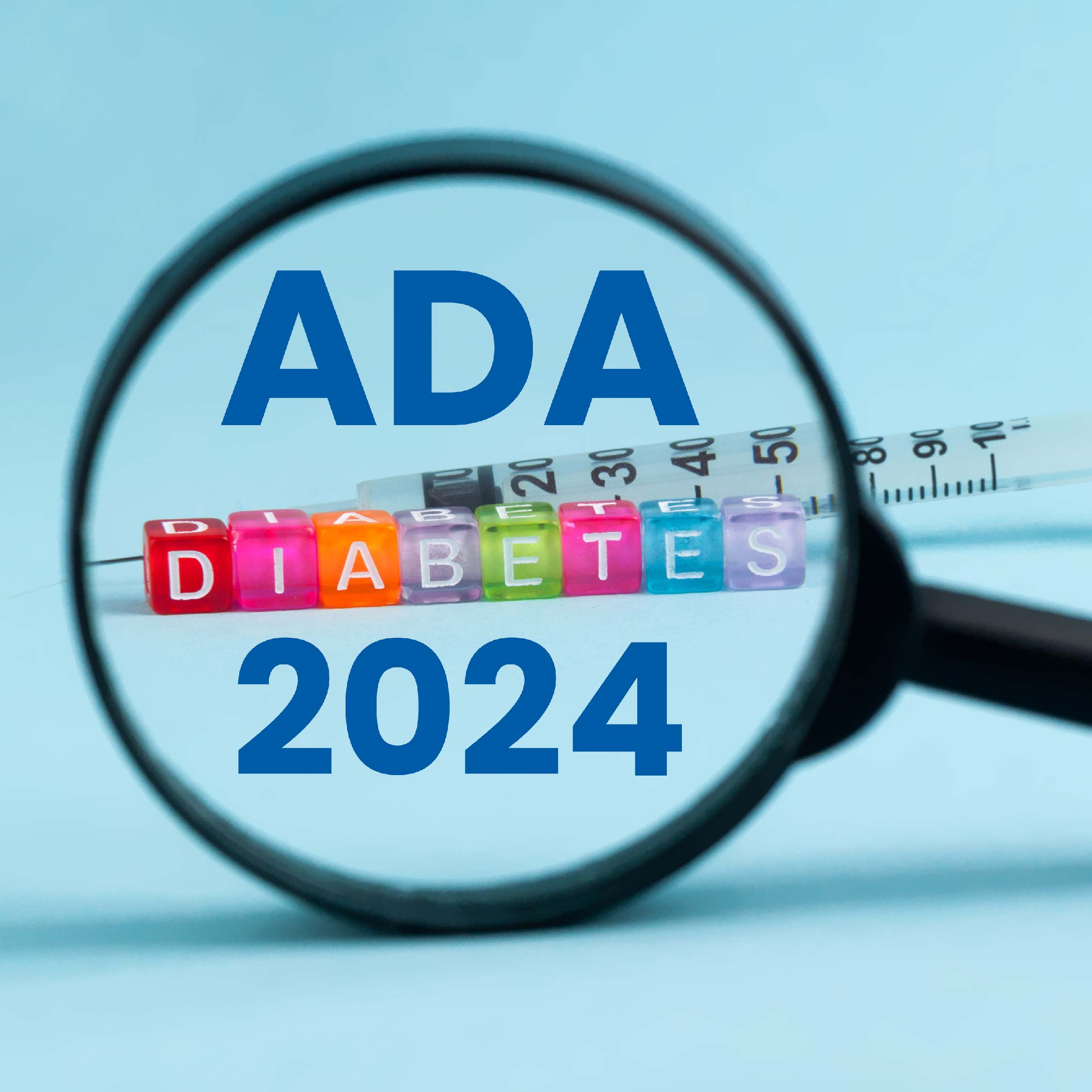This study aims to examine the association between hyperuricemia risk and variations in the Triglyceride-Glucose (TyG) index in middle-aged and elderly Chinese population. In one research, baseline information on participants' health, demographics, and physical examinations was gathered, as were blood samples, from both CHARLS Wave 1 and Wave 3. Using the computed TyG index, individuals who fulfilled the inclusion requirements were categorised into four cumulative quartiles. Utilising both univariate and multivariate Cox regression models, the lowest TyG quartile was used as the reference point to determine independent variables impacting hyperuricemia. Restricted cubic spline regression was used to evaluate the relationship between the cumulative TyG index and the risk of hyperuricemia. Further analyses included subgroup and interaction studies.
The study comprised 5,600 individuals with a median age of 57 years, 2,438 of whom were men and 3,162 of whom were women. According to the report there was a substantial reduction in the probability of hyperuricemia when the cumulative TyG index was below 34.38. On the other hand, the risk of hyperuricemia was shown to rise gradually with a greater cumulative TyG index until it surpassed 34.38.A number of subgroups, including age, gender, hukou, education level, smoking, hypertension, body mass index (BMI), and WC, showed an elevated risk of hyperuricemia when the cumulative TyG index was taken into account. In those with low WC (< 85 cm for men and < 80 cm for women), a high cumulative TyG index was shown to be more likely to increase the risk of hyperuricemia. The cumulative TyG index, male gender, hypertension, DBP, WC, and Cr were identified as independent risk factors for hyperuricemia in the long-term research of middle-aged and elderly Chinese people. It has been shown that cumulative TyG index is useful in assessing the risk of hyperuricemia.
1424-P: American Diabetes Association (ADA) 84th Scientific Sessions, 2024, 21- 24 June 2024, Orlando, Florida.



